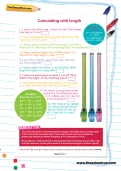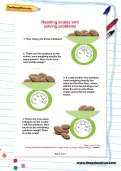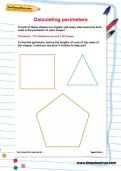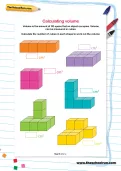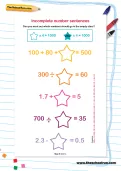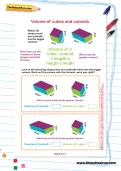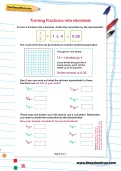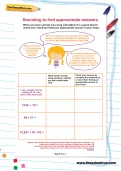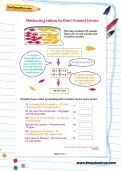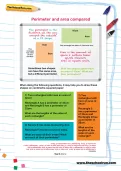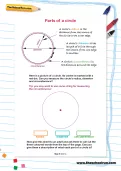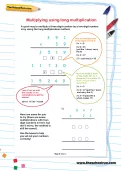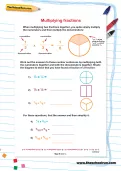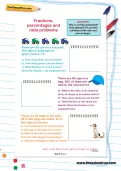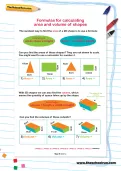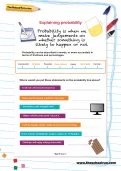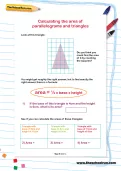Important update from TheSchoolRun
For the past 13 years, TheSchoolRun has been run by a small team of mums working from home, dedicated to providing quality educational resources to primary school parents. Unfortunately, rising supplier costs and falling revenue have made it impossible for us to continue operating, and we’ve had to make the difficult decision to close. The good news: We’ve arranged for another educational provider to take over many of our resources. These will be hosted on a new portal, where the content will be updated and expanded to support your child’s learning.
What this means for subscribers:
- Your subscription is still active, and for now, you can keep using the website as normal — just log in with your usual details to access all our articles and resources*.
- In a few months, all resources will move to the new portal. You’ll continue to have access there until your subscription ends. We’ll send you full details nearer the time.
- As a thank you for your support, we’ll also be sending you 16 primary school eBooks (worth £108.84) to download and keep.
A few changes to be aware of:
- The Learning Journey weekly email has ended, but your child’s plan will still be updated on your dashboard each Monday. Just log in to see the recommended worksheets.
- The 11+ weekly emails have now ended. We sent you all the remaining emails in the series at the end of March — please check your inbox (and spam folder) if you haven’t seen them. You can also follow the full programme here: 11+ Learning Journey.
If you have any questions, please contact us at [email protected]. Thank you for being part of our journey it’s been a privilege to support your family’s learning.
*If you need to reset your password, it will still work as usual. Please check your spam folder if the reset email doesn’t appear in your inbox.
Ks2 Maths worksheets
Free worksheets: Weights and measurements, KS2
You’ll need to login or Register first to access these worksheets for free.
Calculating with length
Reading scales and solving problems
Calculating perimeters
To find the perimeter of a shape you must add up the lengths of each of the sides. Can your child calculate the perimeters of these common shapes?
Calculating volume
Estimate volume
Volume of cubes and cuboids
Using brackets in calculations
Turning fractions into decimals
Rounding to find approximate answers
Reducing ratios to their lowest terms
Reading and writing larger numbers
the commas in where you think they should go. Say them out loud and then write them in words.
Properties of prisms: parallel planes
Probability word problems
Perimeter and area compared
Parts of a circle
Multiplying using long multiplication
Multiplying fractions
Linear number sequences explained
Introduction to algebra
Fractions, percentages and ratio problems
Formulas for calculating area and volume of shapes
means the quantity of space taken up by the shape. Can you use the right formula to find the volumes of these cuboids?
Explaining probability
Calculating the area of parallelograms and triangles
To work out the area of a triangle, we use the formula: area = ½ x base x height. See if you can calculate the areas of these triangles.
